Cucumber Plant Life Cycle
Cucumbers are one of the most versatile and beginner-friendly additions for any summer vegetable garden. Requiring relatively low maintenance compared to other crops, cucumber plants are ideal for new gardeners looking to expand their horticultural skills. However, while cucumbers are easy to grow, successfully nurturing these plants from seedlings to mature fruit-bearing vines does require some fundamental knowledge.
Understanding the different growth stages in the cucumber plant life cycle is key to ensuring healthy plants and reliable yields. By learning what to expect at each phase of development, growers can provide their cucumber crop with the proper care and conditions for thriving productivity.
Cucumber Plant Growth Stages
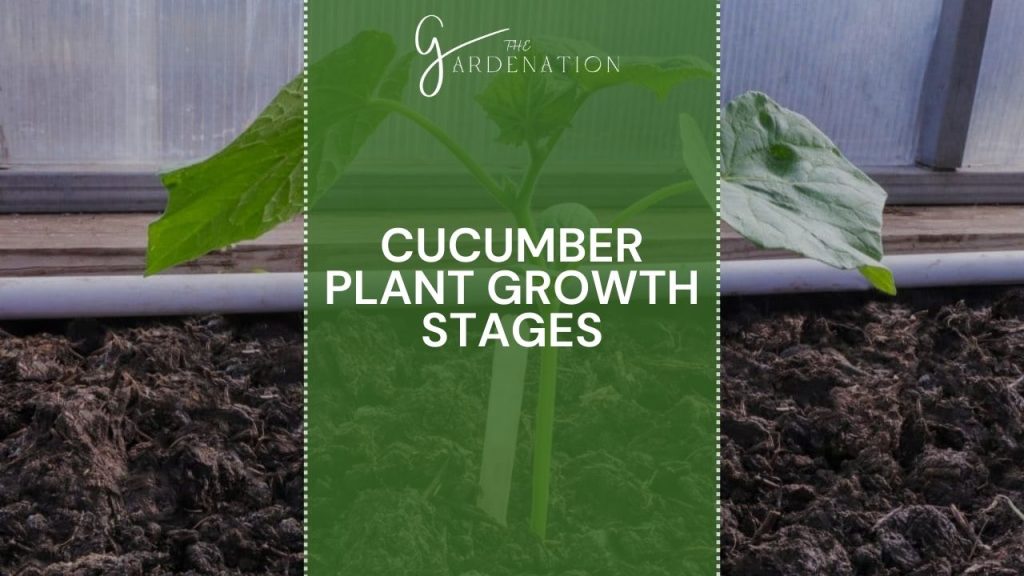
Cucumbers are annual plants, which means they complete their entire lifecycle in one growing season. If left to natural processes, cucumber plants germinate in spring, rapidly grow and flower through summer, produce mature fruit in late summer and fall, then die back with the first hard frost. Gardeners harvesting continually throughout the fruiting period can extend the productive life of cucumber plants, but the plants cannot be overwintered.
The basic stages of the cucumber annual life cycle are:
- Germination: Seeds sprout and seedlings emerge
- Seedling phase: Young plants establish roots and leaves
- Vegetative growth: Rapid leaf, vine, and root development
- Flowering: Blossoms form and attract pollinators
- Fruiting: Flowers pollinated and cucumbers begin developing
- Ripening: Cucumbers mature and become ready for picking
- Harvesting: Ripe cucumbers picked continually
- Frost: Plants killed off by cold weather
Understanding this sequence of the stages in the cucumber plant’s life cycle enables growers to anticipate needs and nurture optimal growth.
For more information about Kitchen Garden you can visit: Stages Of Growing Asparagus
Germination and Seedling Stage
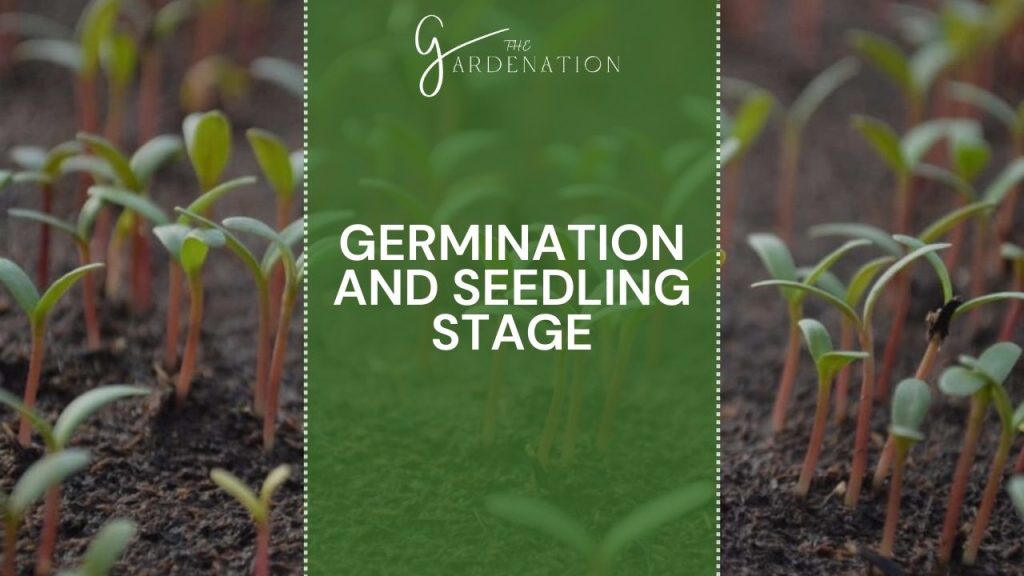
Cucumber seeds require warm soil temperatures between 60-85°F to germinate successfully. The seedlings emerge in 7-10 days, showing their first true leaves. I try to thin overcrowded starts to the healthiest seedling every 12 inches. I avoid disturbing the roots when transplanting cucumber seedlings.
For vining varieties needing trellises or other vertical supports, I transplant seedlings at the base of the structures. I ensure young cucumber plants receive ample warmth and moisture, avoiding exposure to frost or cold winds. The seedling stage lasts around 3-4 weeks as the starts establish themselves.
Vegetative Growth of Cucumber Plant Life Cycle
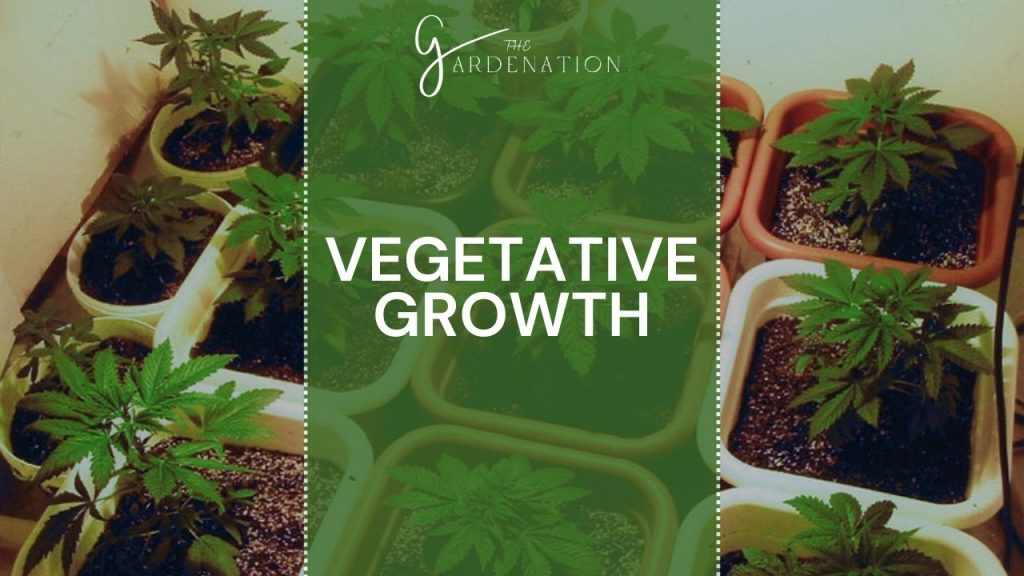
In the second major phase, cucumber growth accelerates dramatically. The plant focuses its energy on generating extensive leaf surface area via lush foliage and lengthy vines. I ensure cucumber plants receive at least 6 hours of direct sunlight daily alongside moderately warm ambient temperatures.
As vines lengthen, I direct growth upwards using vertical gardening techniques like trellising. This improves sunlight exposure and airflow while conserving space. I try Adequate watering and spacing the plants 1-2 feet apart to prevent overcrowding during rapid vegetative expansion. This phase lasts 4-5 weeks until blossoms emerge.
Flowering and Pollination
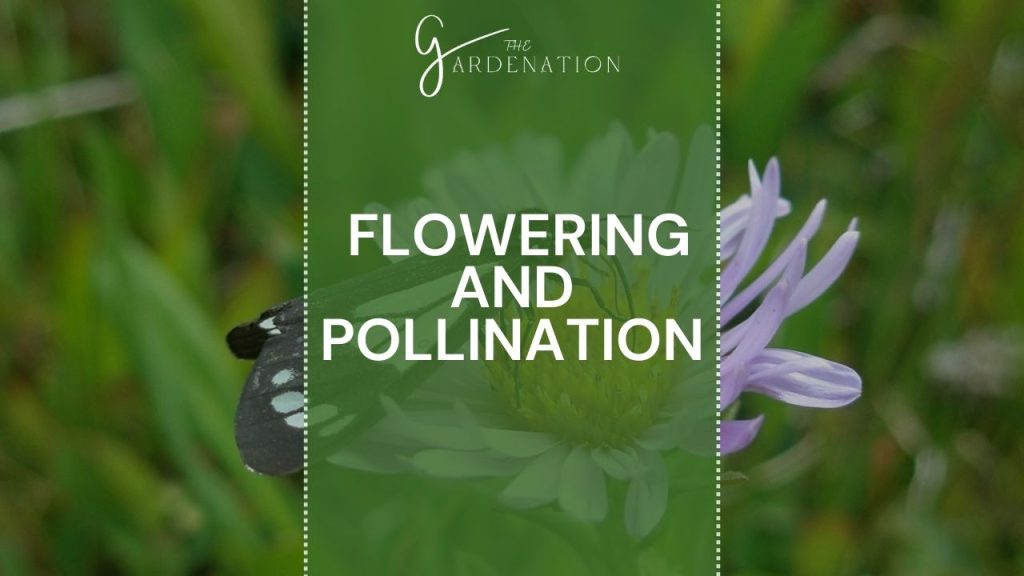
Cucumber plants bear both male and female blossoms, a botanical feature known as monoecy. The first flowers to appear tend to be males, which release abundant pollen attractive to bees and other pollinators. Female blossoms can be identified by the immature cucumber fruit visibly swelling at the base behind the flower.
For the young cucumbers to develop, bees and other insects must spread pollen from male blooms to female flowers in a process called pollination. I assist by hand-pollinating using a small brush. Some cucumber varieties only produce female flowers (gynoecious) and require a different cultivar interplanted to supply pollen.
Early Fruiting
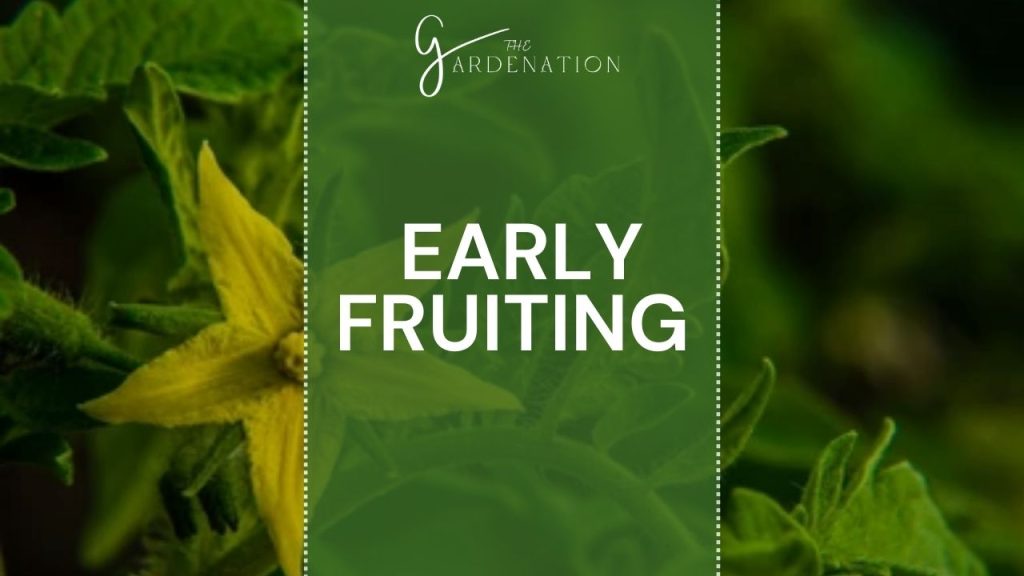
Once female cucumber blossoms are successfully pollinated, the fledgling cucumbers become visible, marking the start of fruit production. Depending on varietal differences and growing conditions, I see the first tiny cucumbers as soon as two weeks after initial flowering.
It’s important to carefully monitor plants during early fruiting and resist picking cucumbers too soon. Although miniature, immature fruits are edible, harvesting before cucumbers reach appropriate maturity can reduce yields and plant health. Pickling varieties can be harvested sooner than slicers.
Mature Fruit Development
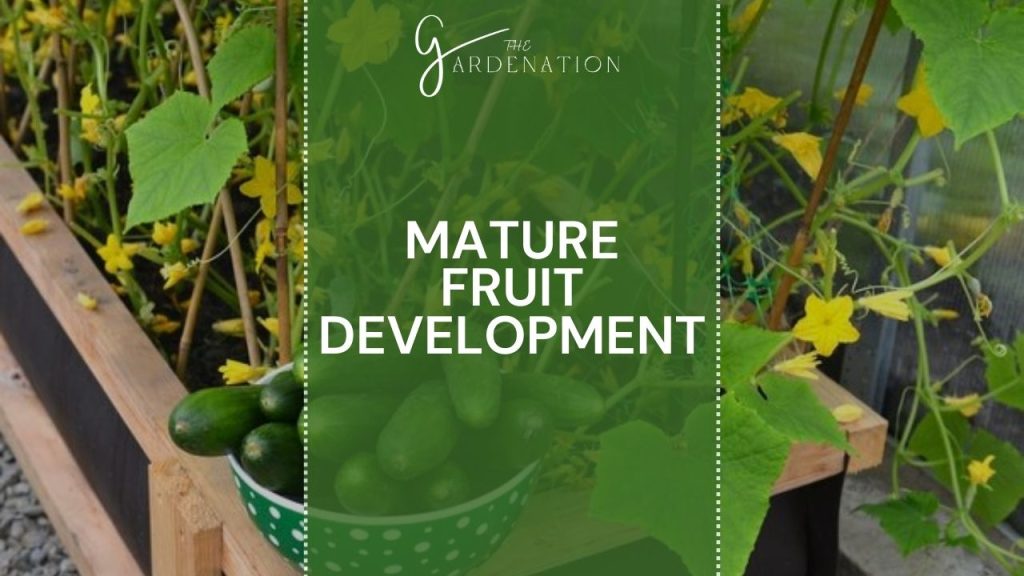
In the next stage, cucumbers focus energy on rapidly enlarging the fruits swelling from pollinated female flowers. Unpollinated blooms may continue appearing, but the bulk of the plant’s resources go toward ripening existing immature cucumbers. I fertilize and water regularly for flawless fruit fill-out.
During maturation, cucumbers transition from immature green with soft seeds to mature waxy green with hardened seeds. Ripe cucumbers left long enough may turn yellow or brown, a cue for seed saving. Otherwise, I harvest continually, directing plants to perpetuate producing new cucumbers.
Harvesting Cucumbers
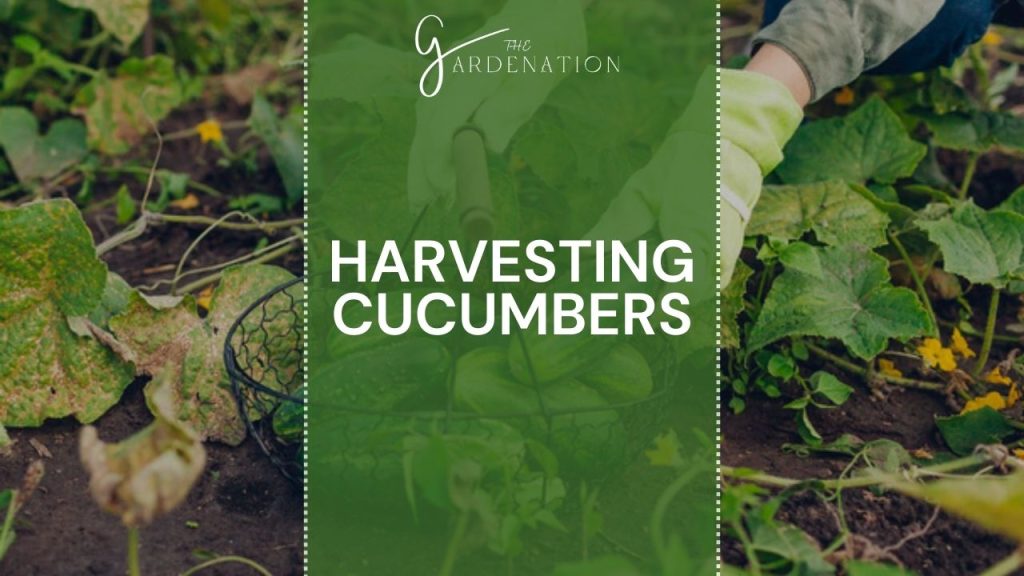
Determining prime ripeness for harvesting cucumbers depends on seasonal weather patterns and varietal traits. Pickling types reach peak harvest maturity around 4-5 inches long, while slicers achieve ideal sweetness and seed tenderness between 6-9 inches.
In cooler regions with a long growing season, cucumbers may require two months from flowering to full size. Hot climates often ripen fruits within one month. Monitoring individual plants and gauging appropriate size based on use allows determining optimal harvesting times.
Frequent harvesting prompts plants to continually produce new fruits. Left on the vines overly long, cucumbers become overripe and hinder further yields. I check plants daily once fruits begin maturing.
Conclusion
Growing cucumbers is a fun and rewarding way to add fresh produce to your diet. With their quick growth and high yields, cucumbers are a great vegetable for beginner gardeners to try.
The key to getting lots of crunchy cukes is understanding the different stages that the plants go through in their life cycle. By giving them what they need at each phase—warmth at seedling, room to vine out during growth, pollinators so flowers can form fruit—you’ll set your cucumbers up for success.
I pay attention as my plants move from newly sprouted to heavy with big green cukes, and harvest frequently once they start ripening. With practice, you’ll get a feel for when your crunchy cukes are at their peak for eating.
Growing your own food is very satisfying, and cucumbers are one of the easiest veggies to become a master at. Have fun watching your plants progress and enjoy the tasty rewards!
Frequently Asked Questions
Should I remove the first set of flowers on my cucumber plants?
No, there is no horticultural benefit to removing the earliest blossoms. All female cucumber flowers left to be pollinated potentially produce ripe fruits for harvesting. The myth about pinching off the first flowers may come from confusion with tomato plants.
Why do the first few cucumbers sometimes fail to properly size up?
Occasional undersized early fruits, called nubbins, result from inadequate pollination. Ensure plenty of bee activity by interplanting flowers. As plants mature, pollination and fruit sizing generally improve with no intervention required.
How long do I have to harvest cucumbers before frost kills the plants?
Most cucumber varieties require 50-70 days from first flowering to mature fruit. After harvests commence, light frosts usually end the productive season 4-6 weeks later. Fast-maturing varieties extend the usable timeframe before cold weather arrives. Protecting plants with covers may prolong harvests longer.
Should I rely on seed packets to determine when to harvest my cucumbers?
Seed packet estimates provide only general timeframes and depend on optimal conditions to achieve stated days to maturity. Actual ripening varies based on weather, soil quality, and other real-world factors. Instead, judge each plant’s progress individually and harvest based on fruit characteristics.
Understanding what to expect throughout the lifecycle of cucumber plants empowers growers to make the right decisions at each stage. Paying close attention to the details of growth patterns and plant requirements will soon have home gardeners harvesting basketfuls of crisp, refreshing cucumbers. With a little knowledge built over the seasons, cucumber mastery will come naturally.

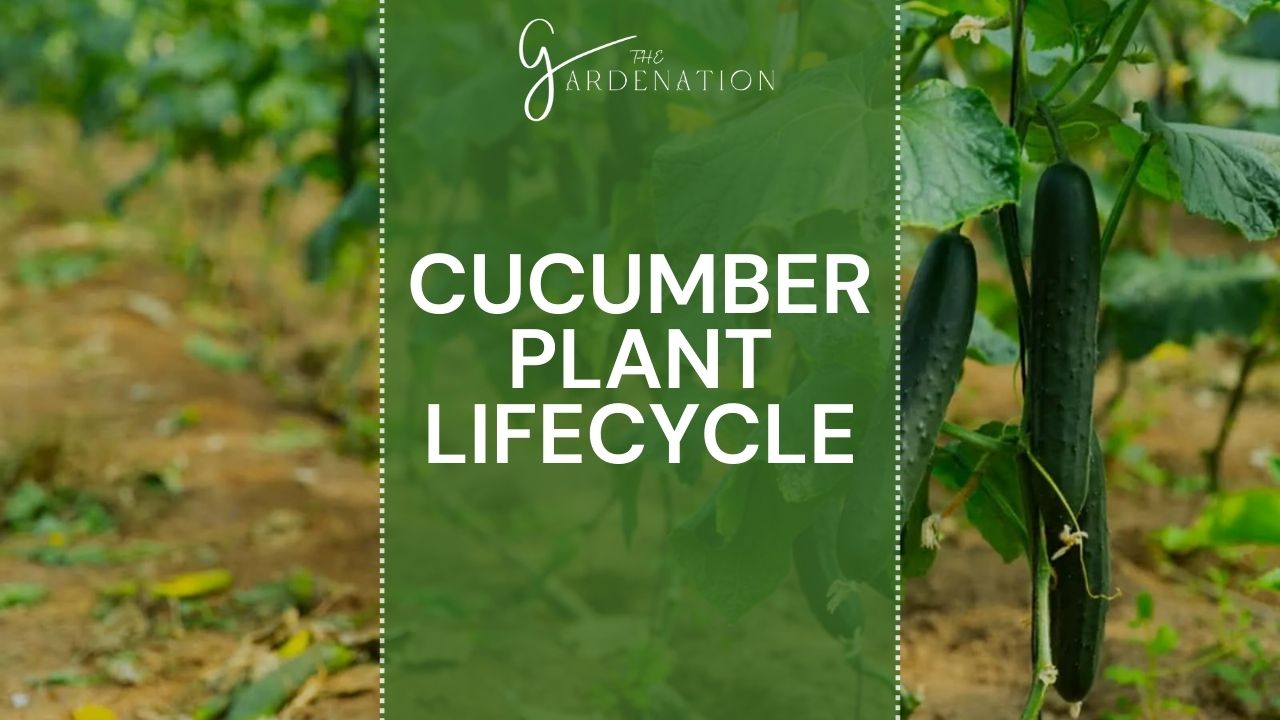
2 Comments